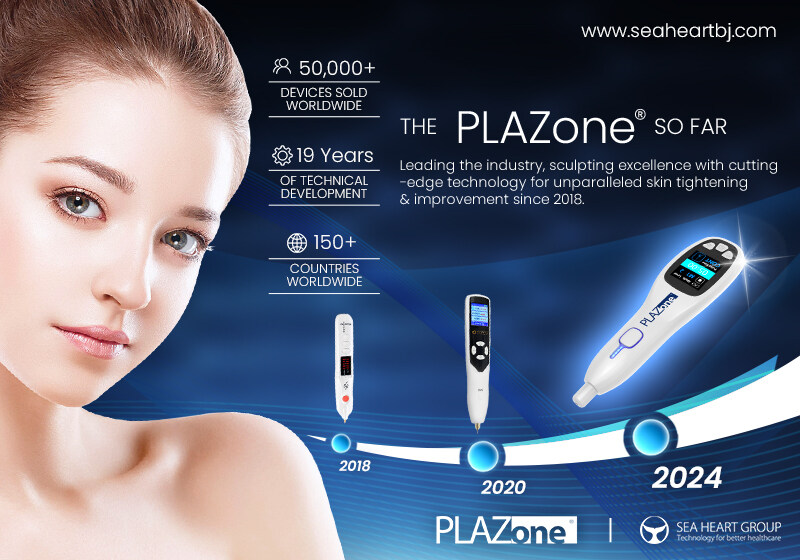What Makes the Plasma Pen Different from Pico Laser, CO2 Laser, and IPL for Spot, Mole, and Freckle Removal?
Question:
At clinics, treatments like Pico laser, CO2 laser, and IPL are used for removing spots, moles, and freckles. Dermapen is also used to improve wrinkles, fine lines, stretch marks, and scars. How is the Plasma Pen different?
Answer:
Laser and light-based devices like Pico laser, CO2 laser, and IPL are selective treatments that typically cause minimal damage to the skin's barrier. For deeper pigmentation removal, Q-switched lasers, followed by IPL, are often more effective. However, CO2 lasers and the Plasma Pen are not ideal for deep pigmentation issues because they are ablative treatments, meaning they work by removing the outer layer of the skin, which can damage the skin barrier. The Plasma Pen, much like the CO2 laser, relies on thermal effects to treat the skin.
CO2 Laser vs. Plasma Pen:
CO2 lasers offer more uniform and controlled energy delivery for skin resurfacing and epidermal treatments, as the laser beams are consistently applied. The Plasma Pen, on the other hand, is manually operated, which can result in less consistency. However, with skilled use, the Plasma Pen can achieve similar results.
Dermapen vs. Plasma Pen:
The Dermapen uses mechanical stimulation to enhance collagen production and improve skin texture, wrinkles, and firmness by promoting the absorption of skincare products. The Plasma Pen, in contrast, uses thermal energy to treat superficial skin concerns such as spots, warts, moles, milia, and other skin protrusions. For eyelid lifting and tightening, the Plasma Pen is more commonly chosen over lasers due to its precision in these delicate areas.
Choosing the Right Tool for Eyelid Treatments:
For eyelid lifting, the Plasma Pen is currently the most popular option. Laser treatments in this area are less preferred due to the difficulty in controlling the delicate eyelid skin, especially the upper eyelid.

What is the Temperature of the Plazone Ozone Head When it Contacts the Skin?
Question:
What is the temperature of the Plazone ozone head when it contacts the skin?
Answer:
The Plazone ozone head reaches a temperature of approximately 50 degrees Celsius when it comes into contact with the skin.
What Should I Be Aware of When Using the Permeating and Lifting Heads of the Plasma Pen?
Question:
Are there any precautions to take when using the permeating and lifting heads of the Plasma Pen? A client mentioned that these functions can cause skin burns, and they are interested in seeing a video of the Plasma Pen being used on real people.
Answer:
When using the permeating and lifting heads of the Plasma Pen, it's important not to press the device directly against the skin. Holding the pen slightly above the skin will create an arc effect similar to that of a needle, which is essential for safe and effective treatment.
If the client feels excessive heat during the procedure, it may be necessary to lower the power setting or switch to a new head with a special coating. The newer heads are coated with an insulating layer, which helps prevent overheating and skin burns. While these coated heads look identical to the uncoated ones, the difference lies in the thin electroplated insulation layer that provides additional safety.
For customers concerned about burns or discomfort, demonstrating the procedure with a video can help show the proper technique and reassure them of the Plasma Pen's safe usage when operated correctly.

For more plasma pen product details here.



